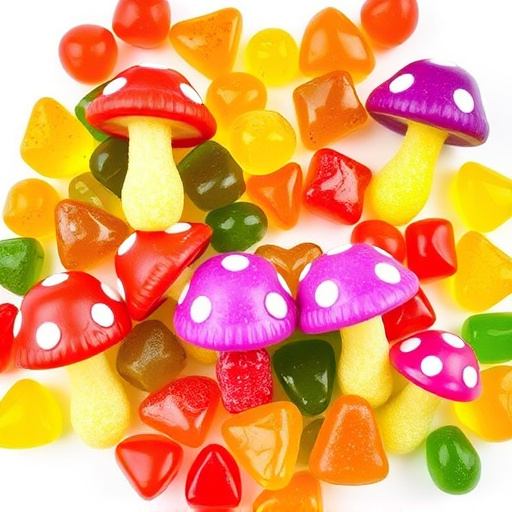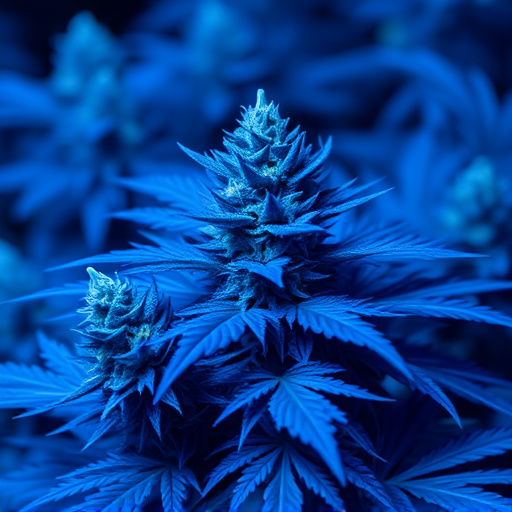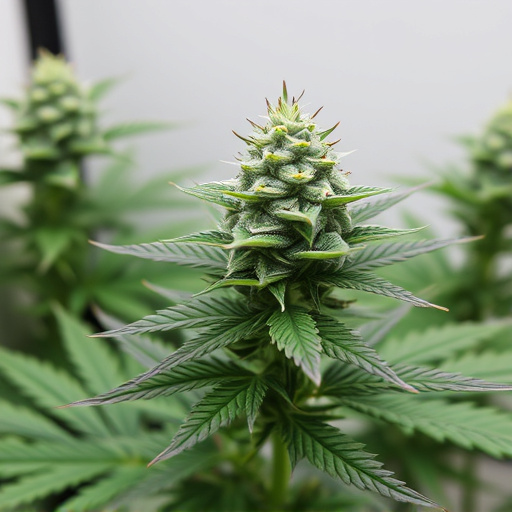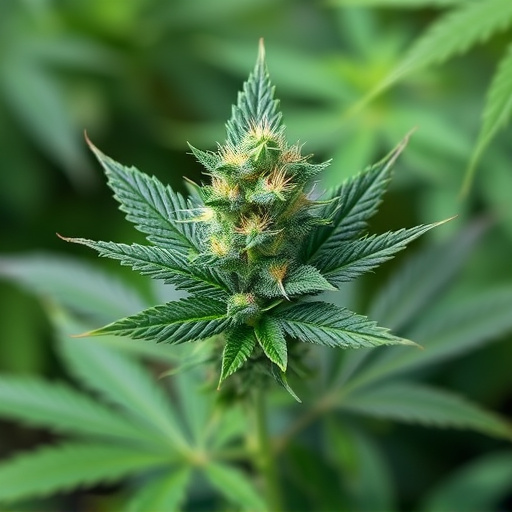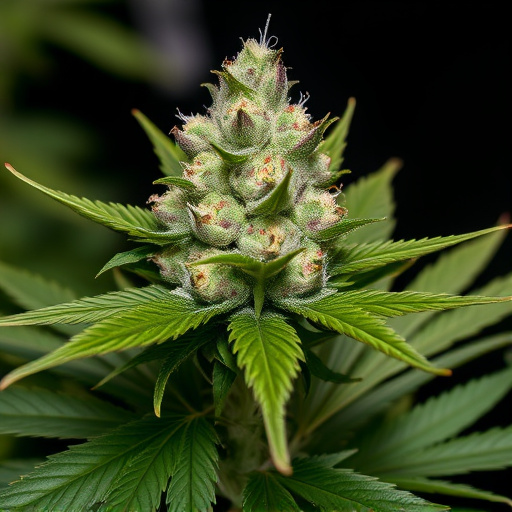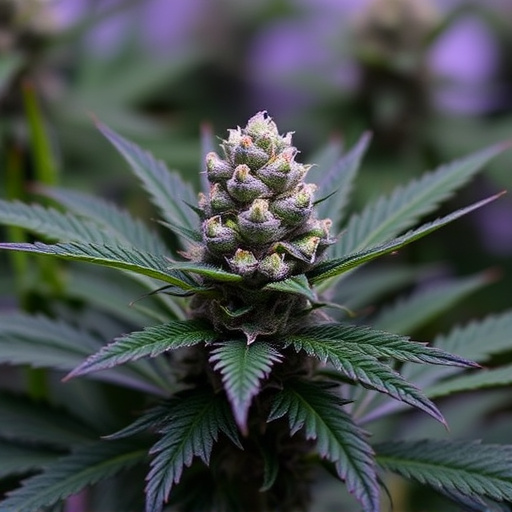The text explores how THC and CBD in medical cannabis interact with our endocannabinoid system (ECS) to manage pain. THC binds to CB1 receptors for psychoactive effects, while CBD lacks direct CB1 binding but has anti-inflammatory properties. Balanced ratios of these compounds in specific best strains of medical cannabis offer effective pain relief with fewer side effects. Indica dominants like Granddaddy Purple are good for acute injuries, while high-CBD Sativa or hybrid strains like AC/DC help with chronic conditions without psychoactive effects. For safe integration, consult a healthcare provider on dosages and suitable low-THC, high-CBD strains.
“Unraveling the mysteries of THC and CBD as powerful tools for pain management, this comprehensive guide offers a unique perspective on alternative treatments. Discover how these compounds interact with our bodies, targeting specific pain receptors. Explore the science behind their effectiveness in treating chronic conditions.
Learn about the best medical cannabis strains tailored to diverse pain types, from soothing inflammation to relieving neuropathic discomfort. We’ll navigate safe integration practices, ensuring optimal benefits while minimizing risks. Uncover the potential game-changer in pain management: THC and CBD.”
- Understanding THC and CBD: The Science Behind Their Effects on Pain
- Best Medical Cannabis Strains for Different Types of Pain
- Integrating THC and CBD into Your Pain Management Plan Safely
Understanding THC and CBD: The Science Behind Their Effects on Pain
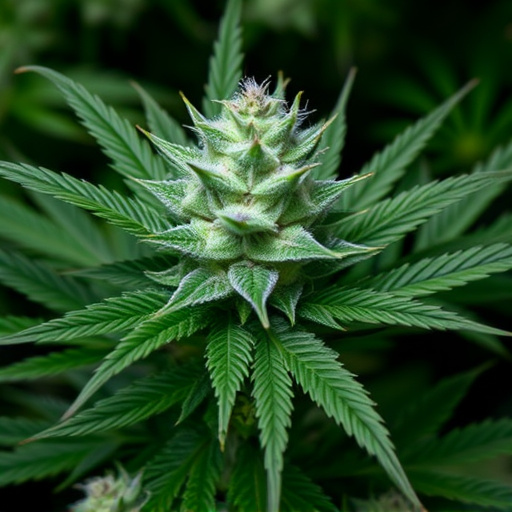
Understanding THC and CBD involves delving into the science behind their effects on pain, which are mediated through complex interactions with our bodies’ endocannabinoid system (ECS). This system is a network of receptors located throughout the brain and body that play a key role in maintaining homeostasis—the internal balance necessary for optimal health. Both THC (tetrahydrocannabinol) and CBD (cannabidiol) are cannabinoids, compounds found in medical cannabis strains known for their therapeutic potential.
THC is renowned for its psychoactive properties, binding to CB1 receptors in the brain and central nervous system, leading to feelings of euphoria and reduced perception of pain. Conversely, CBD does not bind directly to CB1 receptors but instead interacts with other parts of the ECS and has anti-inflammatory properties, making it a promising treatment for chronic pain. The best strains of medical cannabis often contain balanced THC:CBD ratios, leveraging these effects synergistically to provide more effective pain management while minimizing unwanted side effects.
Best Medical Cannabis Strains for Different Types of Pain

When it comes to managing pain, different strains of medical cannabis can offer unique benefits tailored to specific conditions. For acute injuries and inflammation, Indica dominant strains are often recommended due to their sedative properties. These include popular options like Granddaddy Purple, known for its relaxing effects, and Blue Dream, which provides both relaxation and energy.
For chronic pain conditions such as arthritis or fibromyalgia, Sativa or hybrid strains with higher CBD content can be more suitable. Strains like AC/DC or Harlequin have been widely studied for their potential to alleviate pain without the psychoactive effects of THC. These plants offer a gentle yet effective approach to managing persistent discomfort.
Integrating THC and CBD into Your Pain Management Plan Safely
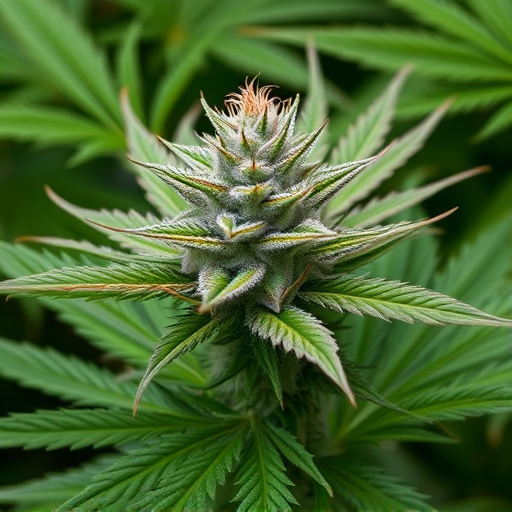
When integrating THC and CBD into your pain management plan, it’s crucial to do so safely and under professional guidance. Start by consulting a healthcare provider who specializes in medical cannabis to determine the most suitable dosage and strain for your specific needs. The best strains of medical cannabis for pain relief often include high CBD and low THC content, as these compounds work synergistically without causing the intoxicating effects associated with THC.
Considered safe options include strains known for their high CBD levels, such as Charlotte’s Web or Granddaddy Purple. These strains can provide significant pain relief while minimizing anxiety or paranoia that may be triggered by higher THC doses. Regular communication with your doctor is essential to track progress, adjust dosages, and ensure the treatment remains effective and safe.
In conclusion, both THC and CBD have shown significant potential in pain management, with their unique interactions in the endocannabinoid system offering relief for various conditions. The right choice of medical cannabis strains can greatly impact outcomes, with specific varieties tailored to different types of pain. Safe integration involves consulting healthcare professionals, understanding dosage, and considering personal preferences. By leveraging the benefits of THC and CBD, individuals can find natural solutions for managing chronic pain and enhancing their overall well-being. Remember, when it comes to medical cannabis, exploring the best strains and expert guidance is key to a successful pain management strategy.

